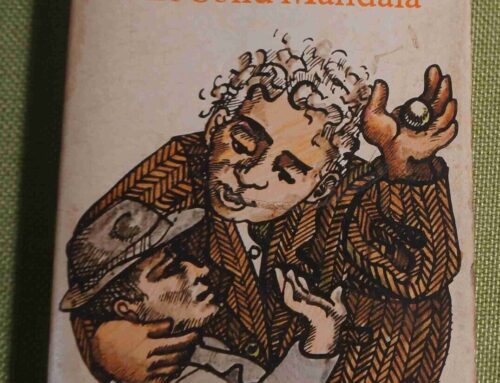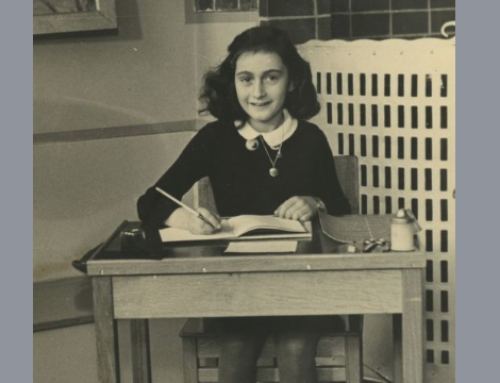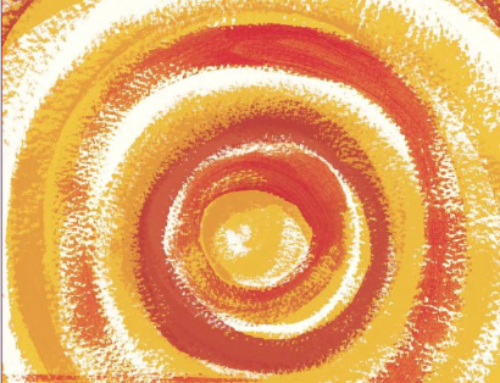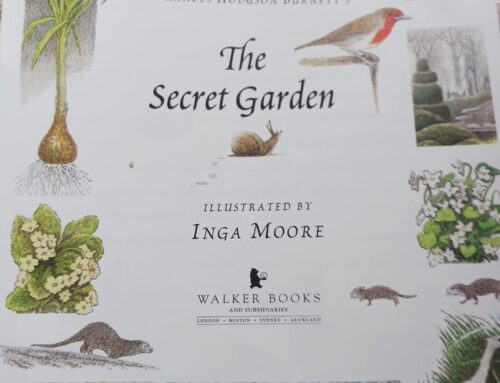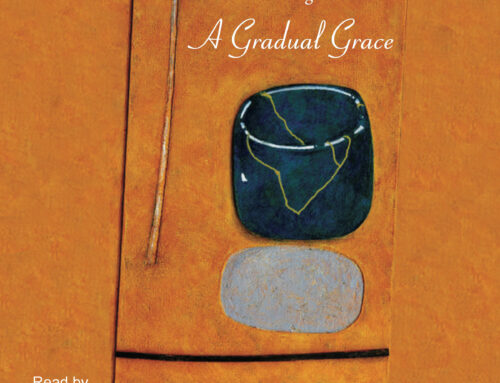Voss, Patrick White’s fifth novel, first published in 1954, won the inaugural Miles Franklin award. The story was inspired by the failed inland expedition of the German explorer, Ludwig Leichhardt. The mystery surrounding the disappearance of Leichardt and his men in the desert is recreated and resolved in this fictionalisation. I will return to this point.
The story has many levels, as social history, as a dark love story, as adventure, as parable, as myth, as a mystical–philosophical exploration of the meaning of life and death. Many blurbs refer first to the relationship between Voss and Laura, whose love grows in absence and is fed by their telepathic communication in visions and dreams. This is a very powerful theme, but is no more so than the story of the expedition and its tragic ending. Offsetting these dark, intense themes is the satirical social history of the ‘upper class’ of the settler society. Upper classes in this era and place were defined, not by blood and heritage, but by wealth and status. Edmund Bonner, usually referred to as Mr Bonner or ‘uncle’ (of the heroine, Laura Trevelyan) had made his money
in a solid business, out of Irish linens and Swiss muslins, damask, and huckaback, and flannel, green baize, and India twills. The best-quality gold leaf was used to celebrate the name of EDWARD BONNER – ENGLISH DRAPER, and ladies driving down George Street, the wives of officers and graziers, in barouche and brougham, would bow to that respectable man. Why, on several occasions, he had even been consulted in confidence, he told, by Lady G ––, who was so kind as to accept a tablecloth and a pair of linen sheets.
Here is a delicious example of White’s social satire, rich in detail of materials, textures, and behaviour, making fun of the pretentiousness of this raw colonial society. Yet, there are many empathic touches. For instance, when Bonner’s niece, Laura, is apparently dying from a mysterious ‘brain fever’, he buys her ‘three pears, beautifully nesting in their own leaves, in a little box.’ He hopes that ‘the material offering he intended to make to his niece would express the affection that might be absent from his voice and looks.’ As Laura’s illness progresses, Mrs Bonner notices a ‘musty spell, which fills the room with foreboding.’ When the forgotten pears are discovered, she asks her husband to remove them.
He was quite relieved to do so, this powerful man who had lost his power.
This small thread in the story illustrates White’s power as a writer. Small details of appearance, behaviour, spoken words, body language, the interior of rooms, light and shadow, and the elements of the landscape, do their work, not only as rich decoration, but as symbols of character, emotions, and values.
In a short review, I will not attempt to summarise the plot or analyse the rich layers of symbolism. I found the story compelling and moving and I particularly liked the way Voss and Laura’s relationship unfolds, with her leading him to a realisation of his own frailty and humanity. He had been ‘a frail god on a rickety throne’, and in the defeat of his will and courage in the unforgiving desert, he realises he has always been frightened.
Now, at least, reduced to the bones of manhood, he could admit to all this and listen to his teeth rattling in the darkness.
It is about here that I wish the story had ended. I got frustrated with the last sixty pages of the novel, where threads are tied up and the mystery around the fracturing and disappearance of the expedition team resolved, and we see Laura as a middle-aged headmistress of a girls’ school, who, after a ceremony unveiling a statue of Voss in the Domain, delivers her judgement:
I am convinced that Voss had in him a little of Christ, like other men. If he was composed of evil along with the good, he struggled with that evil. And failed.
If you haven’t read Voss, I highly recommend it as a story of human aspirations and passions in colonial society, a thin and fragile weaving around the edges of an unknowable, unconquerable interior.
